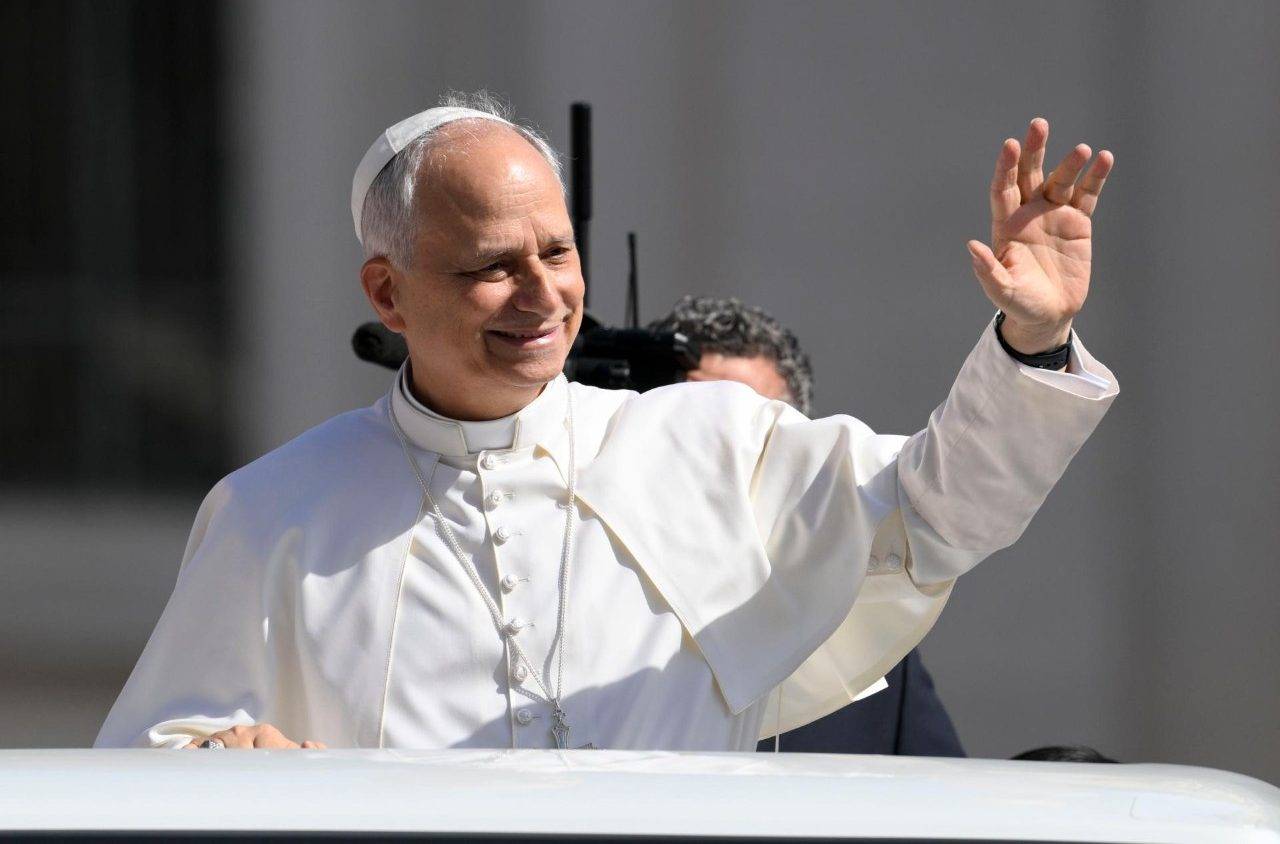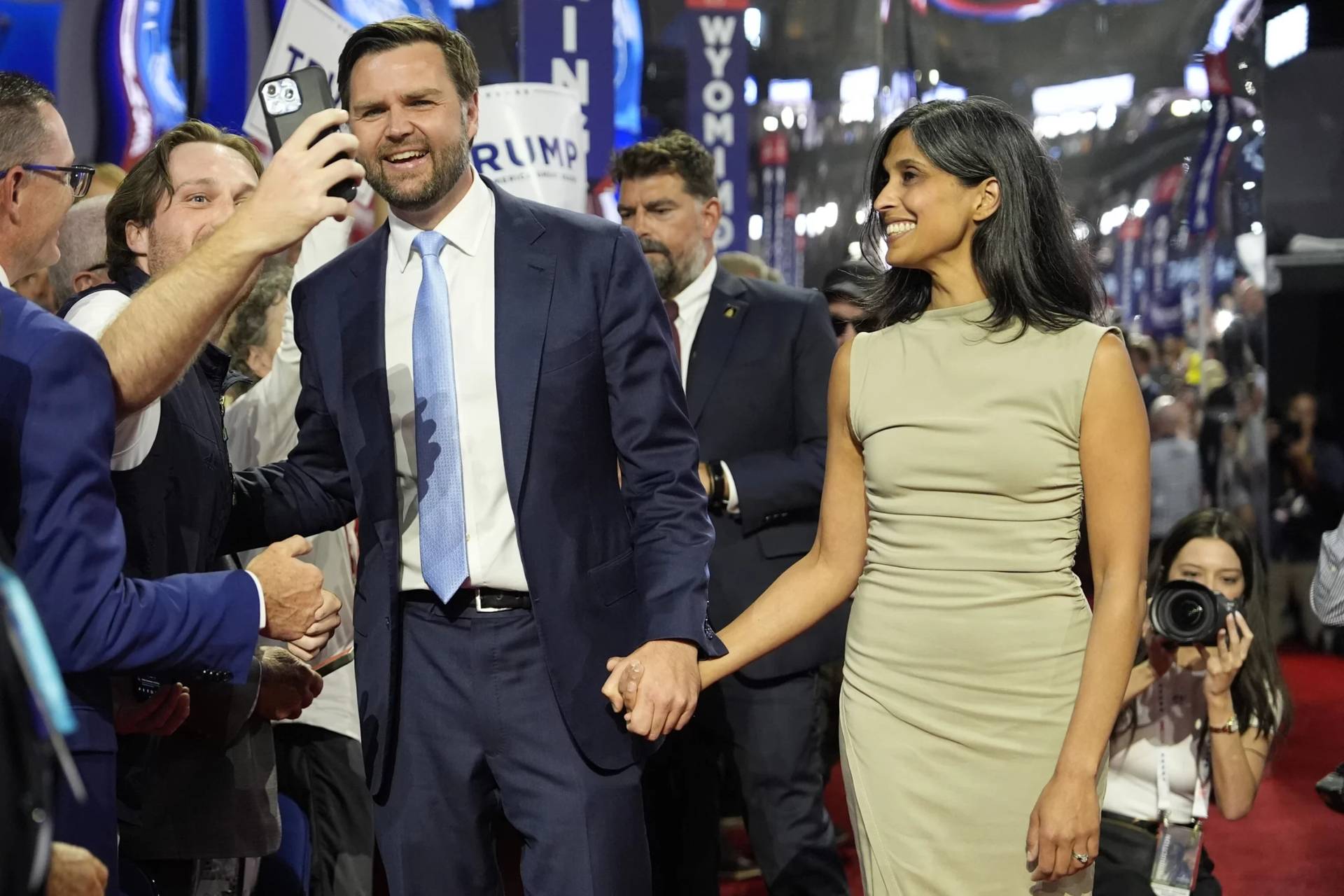Historians love to pinpoint moments that in retrospect come to be defined as turning points — thresholds beyond which history begins to look different, when one era slides into another.
Sixteen years ago today was one of those threshold moments in the life of the Catholic Church, when the archbishop of Buenos Aires, Jorge Mario Bergoglio, was made a cardinal by St. John Paul II.
It was important, of course, for him, the moment he ‘launched’ into the universal Church after decades of relative obscurity. But it was equally important for the regional Church that now, arguably, is the dynamic reference point for the universal Church.
It was the moment when Europe lost its dominant place in the college of cardinals. The Europeans were still the largest single block of electors (65), but they were outnumbered for the first time by non-Europeans. And of those, the Latin Americans were by far the biggest block — 27 red hats following the February 2001 consistory, while North America, Africa and Asia had 13 each, and Oceania four.
Many of those Latin-American cardinals are now major players in the Francis pontificate, to the point where it’s possible to talk of a ‘class of 2001.’
Two of the members of the pope’s council of cardinals (the “C9”) are from that class: its chair, Oscar Andrés Rodríguez Maradiaga of Honduras, and Francisco Javier Errázuriz of Santiago de Chile. Then there’s Claudio Hummes, the emeritus archbishop of São Paolo, Brazil — the one who whispered “don’t forget the poor” to Bergoglio on the afternoon of his election as pope — who heads the Brazilian bishops’ mission to Amazonia, and remains a Francis confidant.
The other Brazilian of that class of 2001, Gerardo Majella Agnelo of Bahia, was president of Brazil’s bishops’ conference at the same time that Bergoglio headed the Argentine bishops’ conference.
One could go on: Juan Luis Cipriani of Lima, Peru is today one of the cardinals in Francis’s Council for the Economy, although not a natural Francis ally; Julio Terrazas Sandóval, the Bolivian cardinal who died in 2015, and who was close to Francis; and of course Bergoglio’s great friend in Rome, the Argentine head of the Vatican library, Jorge María Mejía, who played a crucial role in getting the Jesuit made a bishop in 1992 in the teeth of the opposition at the time of the secretary of state, Cardinal Angelo Sodano.
Mejía, who had a heart attack the day Francis was elected, died in Rome in 2014, having lived to see the change of era.
Three others given red hats that February day in 2001 were Europeans who would be strong advocates of Bergoglio being made pope, first in 2005 and again, crucially, in 2013: Cormac Murphy-O’Connor of Westminster, the theologian Walter Kasper, and Karl Lehmann of Mainz. They were all increasingly fixed on Bergoglio as the heir to the reformist mantle of Cardinal Carlo Maria Martini of Milan.
The two Americans elevated in that consistory would also fall strongly behind the idea of the archbishop of Buenos Aires as pope: Edward Egan of New York, and Theodore McCarrick of Washington.
This was the generation of cardinals entrusted with designing the post-John Paul II era. The Polish pope already had Parkinson’s, and the next four years were the incubator of the problems that Benedict and now Francis would have to tackle, above all centered on money and sex abuse scandals.
For those receiving red hats that year, Vatican centralism and the decay in Roman curial culture were constant topics of discussion. They were the themes broached by the cardinals when Pope John Paul called them back to Rome for a two-day consistory in May 2001, and by the bishops at the synod in October that year, which ironically discussed the role of the bishop but excluded the topic of episcopal collegiality.
Bergoglio would come to play a significant role in that synod after its relator or chair, Egan, had to return to New York to deal with the aftermath of 9/11.
Around one in five of the synod delegates had touched on the question of Vatican centralism, but the curial official in charge of the synod, Cardinal Jan Schotte, ordered that the summaries of their remarks be excised from the final report. Bergoglio won high praise for deftly navigating the narrow space between delegates’ concerns and curial control.
For most of us journalists covering that synod, Bergoglio did not look like the type who would rock the boat. He impressed us with his clarity and conciseness, but seemed shy and out of place (he was reluctant to speak Italian, for example), so we mistook him for a safe pair of hands.
But in retrospect, when he said that the theme of collegiality “exceeds the specific limits of this synod” and should be tackled “elsewhere and with adequate preparation” he wasn’t following Schotte’s line but marking his distance from it. Looking back, the Class of 2001 knew what had to be done — and the archbishop of Buenos Aires was increasingly singled out as the one to do it.
The veteran Vatican commentator Sandro Magister, for example, noted in 2002 how Bergoglio was increasingly spoken of in Rome as papabile. “The Latin-American cardinals are increasingly focused on him, as is Joseph Ratzinger,” Magister recorded.
As it turned out, it would be Ratzinger, not Bergoglio, who was elected after John Paul’s death. But no one would do more for the Latin-American Church than Benedict, who in 2006 gave the go-ahead for what Sodano had sought to prevent: a general conference of the continent’s episcopate.
Aparecida, Brazil, in May 2007, marked the coming-of-age moment of the Latin-American Church, and the archbishop of Buenos Aires — unanimously elected to head the drafting commission — wrote what would be, looking back, the agenda for the Francis pontificate.
The ripples made by a stone landing in water can go far and wide. The Jesuit archbishop’s 2001 red hat is just such a stone, and whatever people’s view of Francis, all can agree that the ripples are today everywhere.















